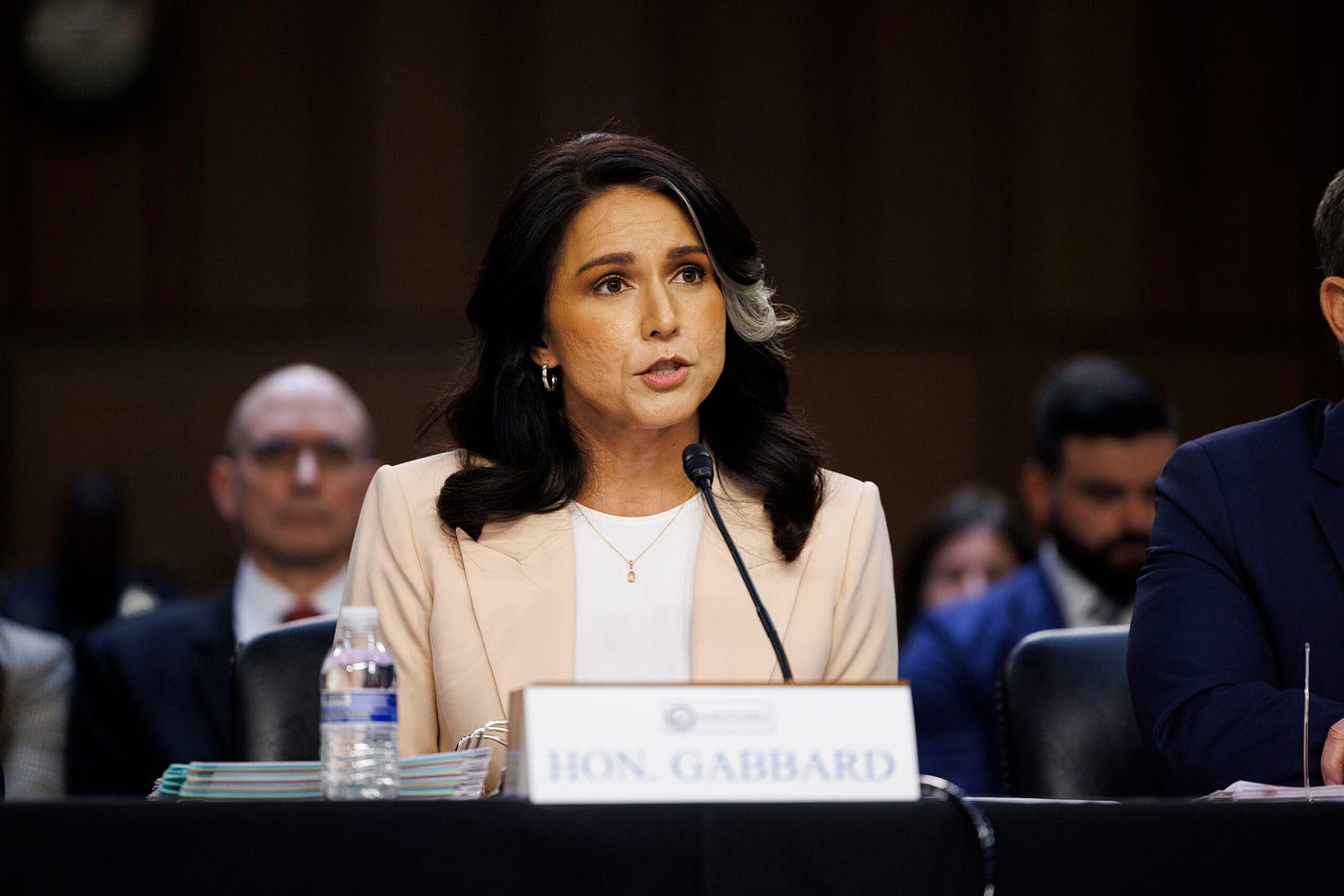Gabbard Shuts Down Media Spin on Her Iran Nuclear Testimony
The mainstream media has once again been caught red-handed distorting the facts, this time by misrepresenting Director of National Intelligence Tulsi Gabbard’s past testimony on Iran’s nuclear ambitions in order to manufacture a rift between her, former President Donald Trump, and the U.S. intelligence community. The narrative being pushed is that Trump…
Keep reading with a 7-day free trial
Subscribe to The Margolis Manifesto to keep reading this post and get 7 days of free access to the full post archives.



